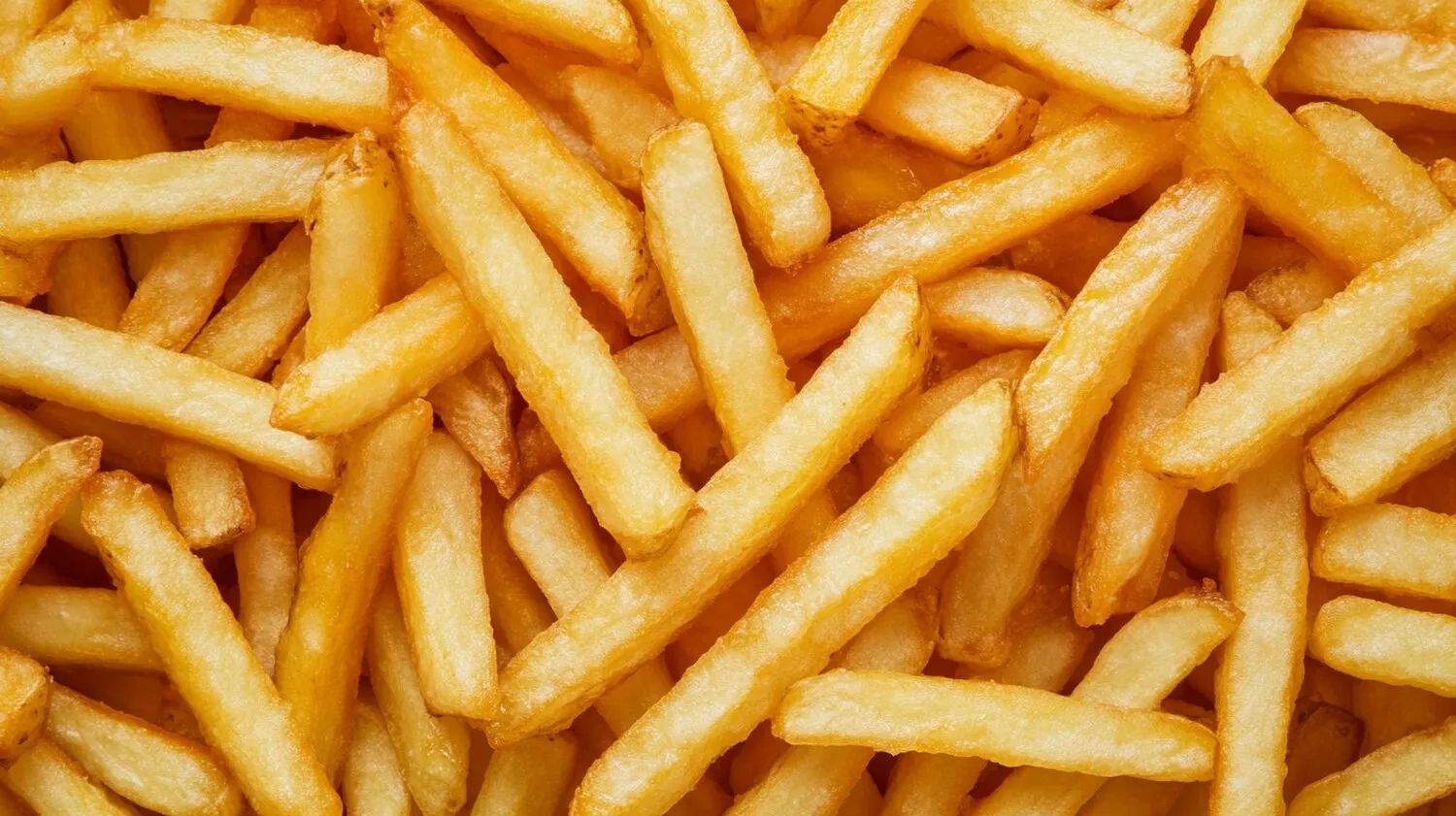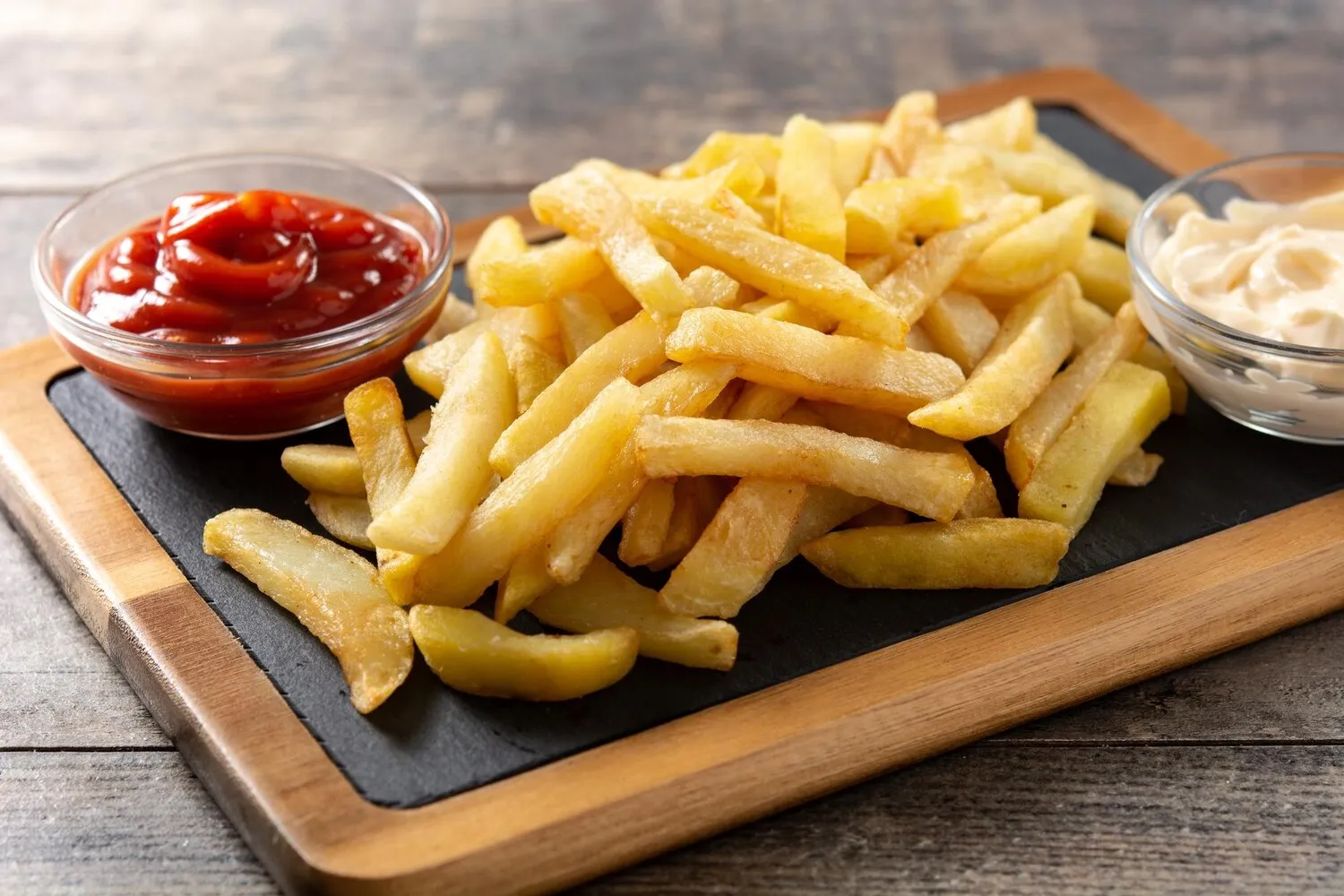
Naan Bread
Freshly baked Indian bread.
Nutrition Facts
* The % Daily Value (DV) tells you how much a nutrient in a serving of food contributes to a daily diet. 2,000 calories a day is used for general nutrition advice.
Naan's history is intertwined with the spread of leavened bread-making techniques through Central and South Asia. Its origins can be traced back to the Mughal Empire in India, where it was initially a staple in the royal courts. The use of tandoor ovens, which are crucial for achieving naan's characteristic texture, also played a significant role in its development. Influences from Persian and Central Asian culinary traditions are also suspected.
Naan is more than just bread in Indian culture; it's a symbol of hospitality and a crucial component of shared meals. Its versatility and ability to complement a wide range of dishes have made it a beloved staple across different social strata.
Social Gathering Staple
Naan is a common offering at celebrations, feasts, and social gatherings. Sharing naan, especially warm and fresh from the oven, is a sign of welcome and goodwill.
Complement to Curries
Naan is most frequently served alongside curries, providing a perfect vessel for scooping up the flavorful sauces and complementing the richness of the dish. Its soft texture contrasts beautifully with the often spiced and textured curries.
Regional Variations
While the basic recipe remains consistent, regional variations exist. Some regions prefer a thinner, crisper naan, while others favor a thicker, softer version. Toppings and flavorings also vary depending on local preferences.
Naan bread typically boasts a savory, slightly tangy flavor with a hint of sweetness. The texture is soft and pillowy, with charred spots providing a smoky element.
The primary flavors come from the dough itself, often made with all-purpose flour, yeast (or baking powder/soda for quicker versions), water, and sometimes yogurt or milk for added richness and softness. A touch of sugar enhances browning and adds a subtle sweetness. The tandoor oven imparts a distinct smoky and slightly charred flavor that is hard to replicate in conventional ovens. Additional flavors can be introduced through toppings like garlic, cilantro, sesame seeds, or butter (ghee).
Dough Hydration
The hydration level of the dough is critical. Too dry, and the naan will be tough; too wet, and it will be difficult to handle. Aim for a slightly sticky but manageable dough.
Tandoor Substitute
While a tandoor oven is ideal, a very hot oven with a baking stone or cast iron skillet can produce similar results. Preheating the stone/skillet is essential for achieving the charred spots and proper puffing.
Resting Time
Allow the dough to rest adequately after kneading and before shaping. This allows the gluten to relax, resulting in a softer and more pliable naan.
Brushing with Ghee/Butter
Brushing the naan with ghee or melted butter immediately after baking adds richness, flavor, and a beautiful sheen. It also helps keep the naan soft and pliable.
Explore additional Side Dish dishes and restaurants
Explore Side DishDiscover top dining spots and culinary experiences in Oslo.
Explore OsloLearn more about the food culture, restaurant scene, and culinary heritage of Norway.
Explore Norway
